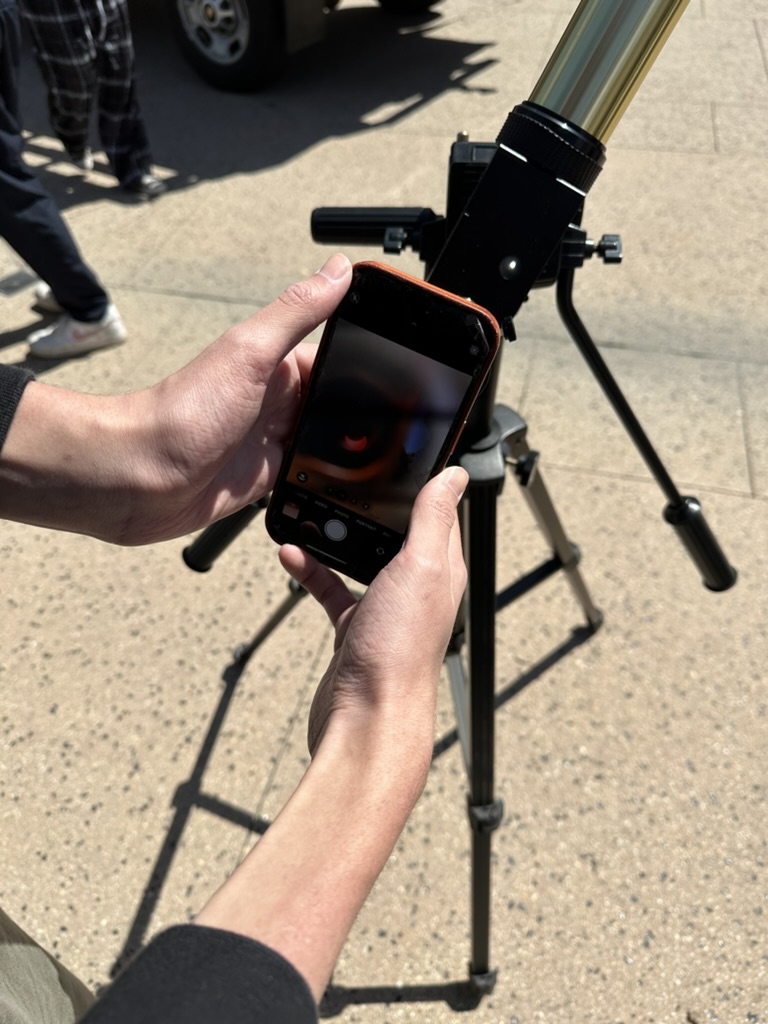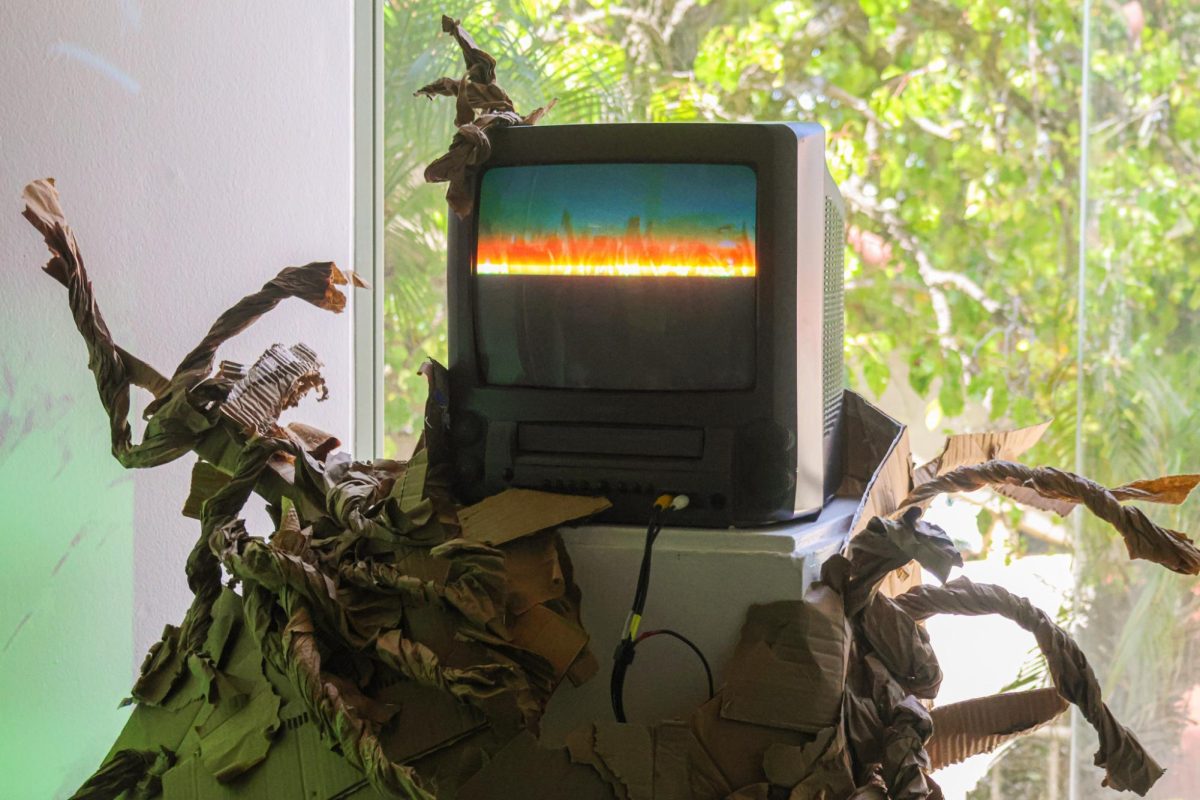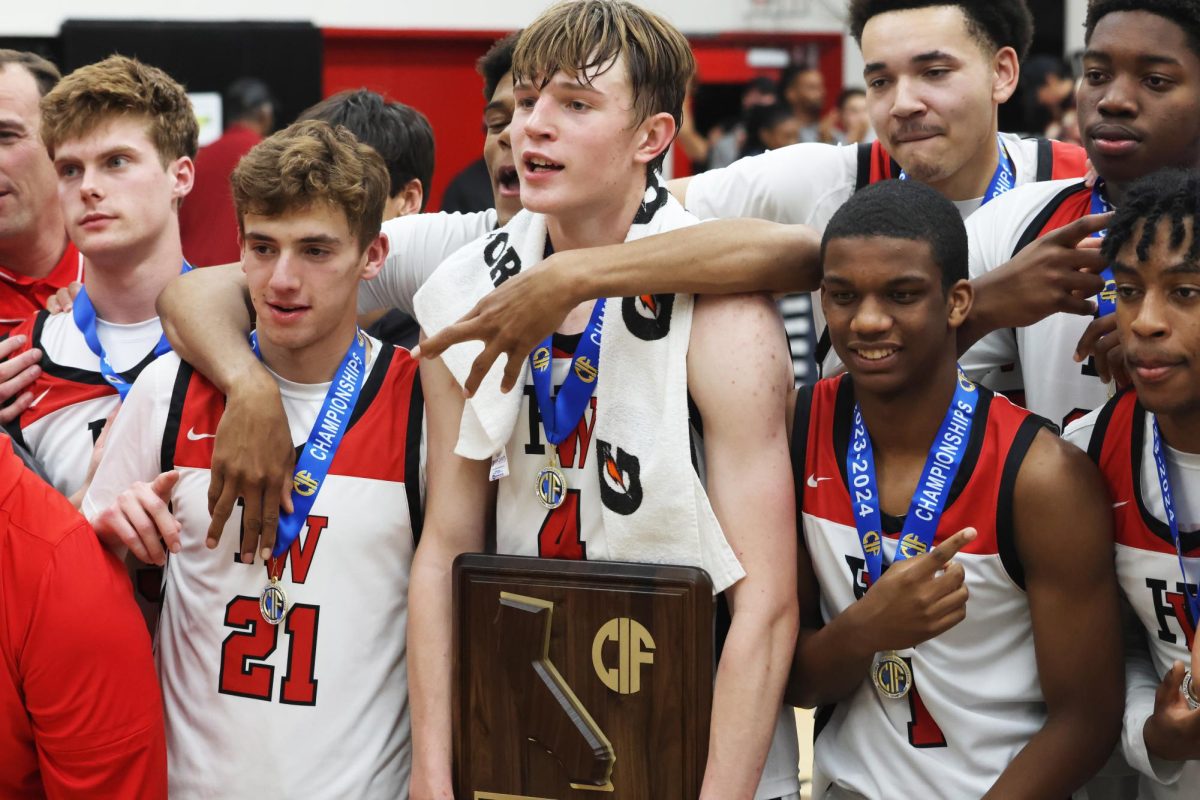By Judd Liebman
When linebacker Nick Nathanson ’13 was a freshman and was practicing with the bigger upperclassmen during hell week, he sustained a concussion while practicing in the first day of hitting drills. Nathanson drove up to tackle the running back during the drill, and this helmet-to-helmet hit eventually kept him off the field for two weeks.
“After the hit, I got up and shook it off and kind of played through it,” he said. “After two more plays I got really dizzy and got a headache and the lights started to hurt my eyes.”
After napping through lunch, Nathanson visited the athletic trainers to make sure everything was normal. But everything was not normal.
Concussions are ugly. They sometimes leave the concussed unable to function without experiencing fatigue and massive headaches. This problem has grown across the nation to the point where the National Football League has put in place massive fines and game penalties to those whom hit violently. Despite this widespread concern, Harvard-Westlake does not need to change its head-injury policies because the current protocol is “equal to if not better than any professional team out there,” athletic trainer Milo Sini said.
A concussion is either a traumatic or mild injury caused by impact with anything from the ground, to another player’s helmet to a fast-moving ball.
Softball pitcher and outfielder Madeline Kaplan ’13 has been absent from school for more than 30 days due to a concussion she sustained during her fall travel team’s practice. Kaplan’s mother, Jean, said that her daughter dove for a catch and hit her head against the ground.
Despite being a little shaken up, Kaplan continued to practice until her symptoms got unbearable, Jean said.
For Jean, the most important part of her daughter’s injury was the fact that she knew to stop playing since the “greatest risk is right after the injury happens,” she said.
Kaplan was unable to be interviewed due to immense headaches.
“She literally cannot work,” Jean said. “We really cannot come up with a plan until she gets better.”
Kaplan has no plan to return to school anytime soon.
“Unfortunately, this is a situation where you just have to wait it out, there is nothing that can speed up the process,” Jean said.
Water polo player Kevin (Kayj) Shannon ’11 also sustained a concussion during practice. Shannon was warming up in the pool when a water polo ball hit him in the head on Oct. 27.
Shannon is unable to come to school and cannot physically exert himself, he said.
Shannon is hoping to be fully recovered before the varsity water polo team enters its CIF run.
Lacrosse player Matthew Carney ’11 sustained a concussion during his sophomore year. Carney got hit during a game and continued to play for five or six minutes, he said.
“I didn’t realize that anything was wrong for a couple of minutes,” he said.
Carney was able to attend school as usual, but was unable to play for three lacrosse weeks. Carney was not able to take tests for the first four days after the incident, and when he was able to take exams, Carney did so with extended time.
Preventing concussions starts on the field for the Wolverine athletic teams, Head of Athletics Adrius Barzdukas said.
“[Football Head] Coach [Vic] Eumont is relentless about coaching the fundamentals of hitting,” Barzdukas said. “If anyone watches our team play, you don’t see any kids tackling incorrectly.”
Correct tackling or checking is extremely important to athletes who participate in contact sports because if one hits an opponent incorrectly, then both of the athletes involved could land off the field with concussions.
“[The coaches] try to get everyone to tackle with the right form,” Nathansaon said. “They are trying to teach the right fundamentals. It is now natural instinct to hit correctly.”
In addition learning fundamentally sound tackling techniques, each player at the beginning of the season went through a helmet fitting process to ensure that his head was best protected, Sini said.
“We looked at the three biggest manufactures of helmets [Schutt, Ridell, and Zenith] and had the persons who do the product info make a presentation to us and give us the research data,” he said.
After each presentation, football players were individually fitted and given the helmet that best fit his head shape and size.
If an athlete sustains a concussion despite all of the program’s safety precautions, he is assessed by the athletic trainers for a serious head injury. The athletic trainers ask the athlete some basic questions and ask them to memorize some words, numbers, or shapes, said Nathanson. If the athlete struggles to remember all that is asked, then he or she is sent to concussion experts at the Sports Concussion Institute in El Segundo.
Before the season begins, all members of contact sports are tested in the Tech Center by a neuropsychologist from the Sports Concussion Institute. In this preliminary test, the institute takes a baseline neurocognitive test in order to establish the athletes’ normal abilities, Director of Sports Medicine Sandee Teruya said. The baseline exam tests the athletes’ visual memory, motor skills, and reaction time, among other things.
If an athlete sustains a concussion, and the athletic trainers deem him or her unable to go back on to the field, he or she is sent to the Sports Concussion Institute for another set of tests. These tests are very similar to the baseline tests and can establish if the player has recovered from the injury.
“We assess concussions, we make sure the proper specialists diagnose them,” athletic trainer Teruya said.
The doctors at the concussion institute then make the decision whether or not the athlete is ready to get back on the field. The doctors do not give a set timeframe, Nathanson said, and the athlete must continue to get tested until his or her results return to normal.
“My results were about 75 percent lower than they originally were,” Nathanson said of his testing, so he was off the field for two weeks until his symptoms cleared up and his results returned to those of the baseline test.
Because Nathanson’s concussion happened during summer training, his schoolwork was not affected, he said.
For an athlete who sustains a concussion during the school year, it is the doctors at the Sports Concussion Institute who determine whether the athlete is fit for school, Teruya said. The concussed works with his or her dean to get extended time until he or she is ready to be re-immersed into regular life, Sini said.





































